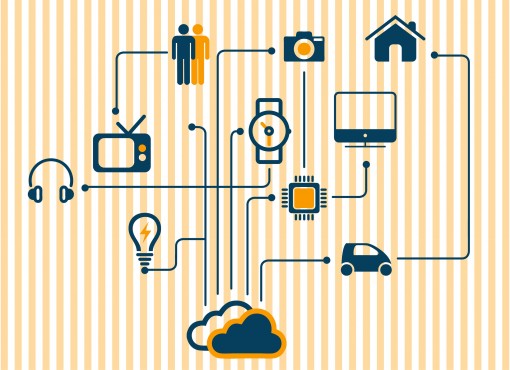Untangling the mess that is the net neutrality fight
A vote by the US Federal Communications Commission (FCC) on Dec. 14 resulted in certain people mourning the death of the internet and the rest being left terribly confused as to what “net neutrality” meant at all. The issue of net neutrality is complicated, though: it’s an issue whose meaning is buried in legal jargon and past regulation changes.
The term “net neutrality” refers to the idea that all internet traffic should be treated equally and that all content, regardless of source or user, should be equally accessible.
It’s not as simple as that, though, because there are many ways to discriminate and manipulate internet traffic. One method is known as “throttling,” which takes place when an internet provider intentionally slows or speeds up the internet connection for certain services. Another already existing method is “zero-rating,” which is when the use of certain websites, apps, or services does not count towards your plan’s data cap.

Expect connections to be more limited if net neutrality fails. Graphic by Niusha Derakhshan
These internet manipulation techniques can be big business incentives for internet service providers. Many of these providers now own TV streaming services (such as Rogers, who owns Shomi, or Bell, who has CraveTV) or have stakes in other services. Since success on the internet is dictated by usage rates, subtle techniques to encourage certain apps or services can spell out their rise or downfall.
Before the vote, the FCC regulated internet service providers as “common carriers” under the US Communications Act of 1934. This meant that the FCC had authority to enforce rules on internet providers, specifically under the broadband network sections of Title II.
On March 12, 2015 the FCC released the net neutrality rules that were the subject of the Dec. 14 vote. The rules, summed up, did not allow blocking of content, throttling of internet speeds, or paid prioritization of internet speeds (called “fast lanes”).
The FCC’s internet regulations began in 2010 with their Open Internet Order. It set out three net neutrality rules regarding transparency, blocking, and discrimination.
In 2014, because of the net neutrality rules, the FCC was sued by Verizon. The case challenged the FCC’s authority to enforce the Open Internet Order rules on internet service providers.
This led to the reclassification of internet service providers as “common carriers” and, as previously mentioned, made them subject to the rulings of Title II like telephone networks.
The recent vote resulted in repealing the 2015 Open Internet Order rules that applied to these internet providers — they are no longer banned from blocking content, throttling speeds, or having fast lanes.
In response, Republican Congresswoman Marsha Blackburn presented a bill called the Open Internet Preservation Act. It aims to restore the net neutrality rules on blocking access and throttling speeds that the FCC previously enforced. The current status and support of the bill is still unclear.
One thing is for sure, the aftermath of the net neutrality fight is indeed a very political one — the left generally supporting net neutrality regulations and the right opposing it. However, it’s never that cut and dry.
For the rest of the public, the results of the net neutrality vote will not take place immediately, but will just continue to fill news feeds and take up headlines. In the bigger picture, people just might miss out on new, up-and-coming internet services (like Netflix’s rise in 2003) or products that never make it through an increasingly restricted internet.






